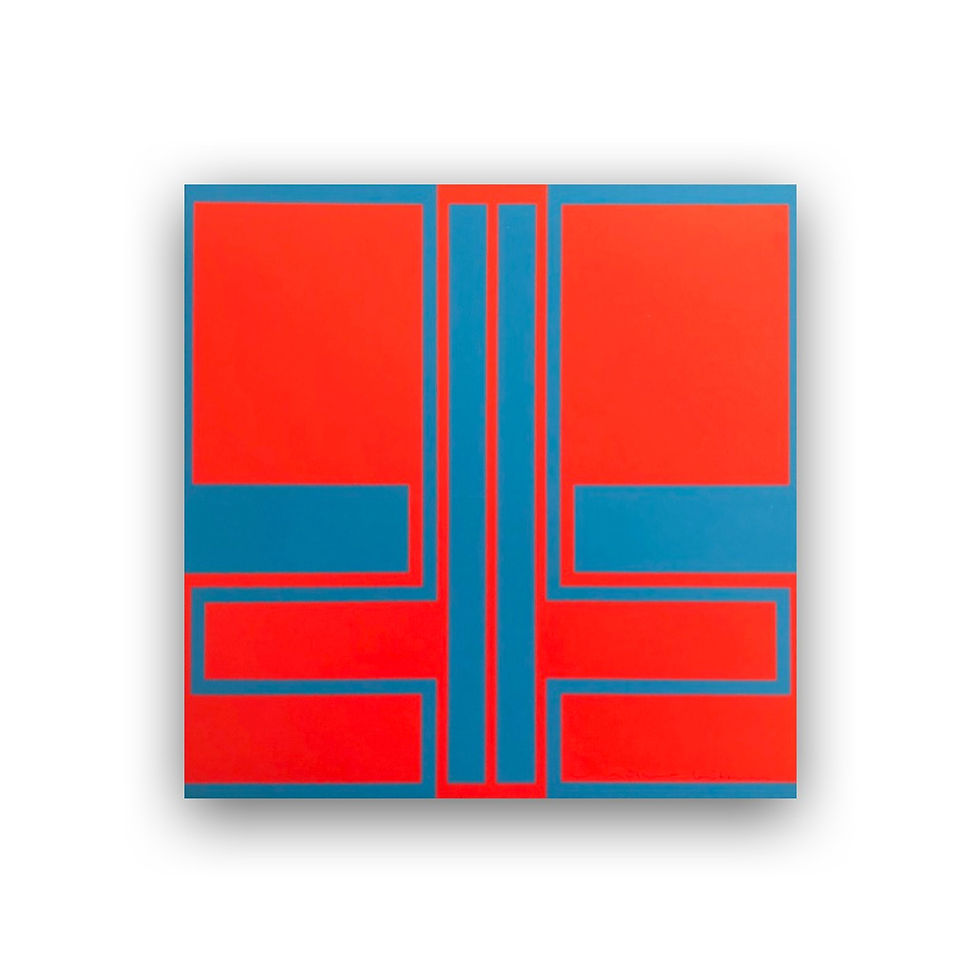Willy Müller-Brittnau (1938-2003): Untitled
Artist
Willy Müller-Brittnau
Title
Construction
Medium
Silkscreen print
Material
Cardboard
Dimensions
28 x 28 cm
Editor
Edition Panderma, Basel
Year
1966, published 1977
Signature
Signed in pencil
Provenance
Edition Panderma, Carl Laszlo, Basel
Galerie von Bartha, Basel
Private Collection, Basel
Condition / Restauration
mint archival condition
Biography:
Like many Swiss abstract painters, Willy Müller (born 1938 in Winterthur, Switzerland, died 2003 in Oftringen, Switzerland) began producing art while also working as a graphic designer. Inspired by the art scene in Paris and New York and influenced by Henri Matisse, Jean Arp, and Ellsworth Kelly, he began making collages around 1960. He initially arranged these out of torn colored paper in a tachist style, before he began to increasingly emphasize the autonomy of color. Around 1962, he began to use geometric forms, which then developed into flat compositions in 1963. At this time, Müller quit his job as a retoucher at the Ringier company in Zofingen and moved to the neighboring town of Brittnau, where he lived for two years.
The work “No. 67/65” from 1965 was created during this time, which marked the beginning of a phase in his art that lasted until 1976 which he called his concrete phase and during which the artist produced the works he is most known for. This particular work has a mid-sized landscape format and combines all of the main features of his art production from this period: an emphasis on the center, a symmetrical structure, a vertical order, and a dynamic triggered by elements that seem to invade the picture from the sides or move out toward the edges. Müller’s powerful handling of color is a dominant quality of paintings, which are never systematic despite their sometimes almost solemn austerity. The thick application of bright colors, intensified by simultaneous contrasts, causes the forms to vibrate and the interaction between figure and ground to constantly renew itself in the unmediated juxtaposition of the color fields. “No.13c/66” (1966) takes this pictorial concept further by combining it with a kind of frame motif, which he began using around 1965 and which occupies the center of the picture in a concentrated structure. In this way, he expanded the pictorial theme within the paining to include spatial aspects. He then later began exploring the colors thus pushed to the edge as independent phenomena, collaborating with Albert Siegenthaler in 1970 to lend them a sculptural form. That even the simplest compositions appear complex in this context can be seen in “No.33/68” (1968), in which reverse color sequences enhanced by delicate white lines seem to behave so differently from one another that the two metrically identical halves of the picture demand constant phenomenological verification.
Parallel to these works, he created a series in the late 1960s in which color rhythms unfold in tilted squares. One of these is “No.54/67” (1967). Here, blue, red, and magenta work together to create the impression of a spatial quarter circle. This dynamic painting thus returns to the motif of the circle, which he began to work with in 1962, while also foreshadowing future themes that would define the artist as a researcher of color in the spirit of Josef Albers and as a contemporary of American Hard Edge painting. (Astrid Näff for Haus Konstruktiv)
